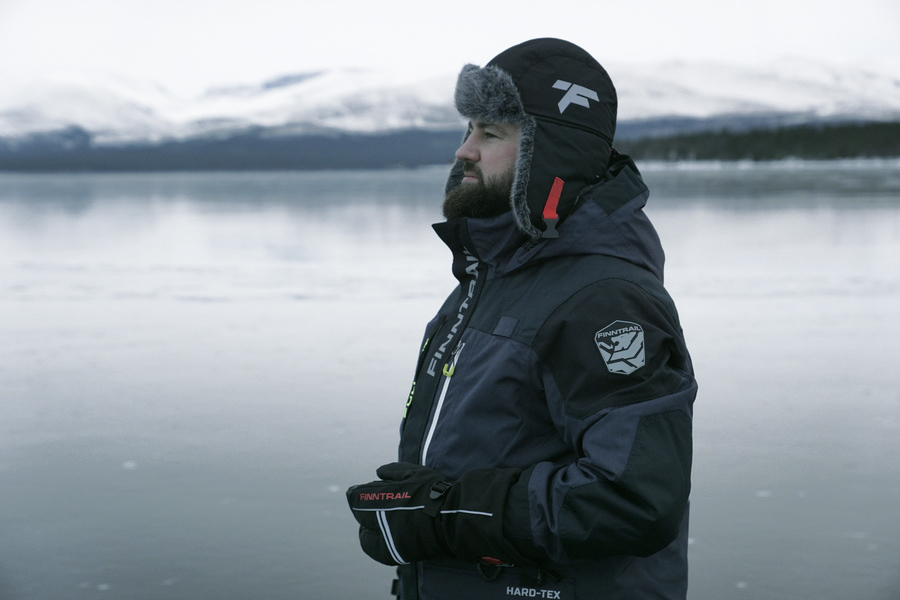Understanding Ice Conditions: When is it Safe to Fish?
Ice fishing combines the thrill of the catch with the serene beauty of frozen lakes. However, before you drill your first hole or set up your shelter, it's crucial to understand the risks involved. Knowing if the ice is safe to fish on and following essential ice fishing safety tips can make the difference between a fun day outdoors and a dangerous situation.

The Safe Ice Thickness
One of the most important questions for any angler is: if the ice is thick enough to fish on? Here are some general guidelines to keep in mind:
-
4 inches of clear, solid ice is usually safe for one person walking or ice fishing.
-
5-7 inches is recommended for snowmobiles or ATVs.
-
8-12 inches can support a small car or group.
-
12-15 inches is needed for medium trucks.
These measurements apply to clear, blue ice—the strongest kind. Avoid slushy, snow-covered, or white ice, as it's weaker and more unpredictable. Always use an auger or spud bar to measure ice thickness frequently as you move.
Ice Fishing Dangers to Watch For
Thin or cracked ice, changing weather conditions, and equipment failures can all lead to trouble. Some of the most common ice fishing dangers include:
-
Falling through ice due to poor thickness or hidden cracks.
-
Carbon monoxide poisoning from improperly vented heaters in shelters.
-
Frostbite and hypothermia from extended exposure to cold, especially if wet.
-
Getting lost due to snowstorms or whiteout conditions.
Being aware of these risks is the first step in avoiding them.
Top Safety Tips for Ice Fishing
To know that the conditions are safe, start with these tried-and-true safety tips:
-
Check local ice reports before heading out.
-
Bring safety gear, including ice picks, a rope, life jacket, and a throw bag.
-
Fish with a buddy—never go alone.
-
Stay clear of pressure ridges, inlets, and moving water areas where ice is weaker.
-
Mark your fishing hole to prevent others from stepping into it.
-
Use a sled to drag gear rather than driving a vehicle unless ice conditions are verified to be safe.
-
Keep a phone or GPS device in a waterproof pouch in case of emergency.
Even seasoned anglers should review ice fishing safety tips each season to refresh their knowledge and avoid complacency.
Final Thoughts
Ice fishing comes with risks, but those risks can be managed. By taking the right precautions, you can enjoy the experience without putting yourself in danger. Always check the ice thickness before heading out, and don’t overlook the importance of basic safety tips. Respect the ice, plan ahead, and learn how to fish safely — and you'll be more likely to return home with both a great catch and some unforgettable memories.



